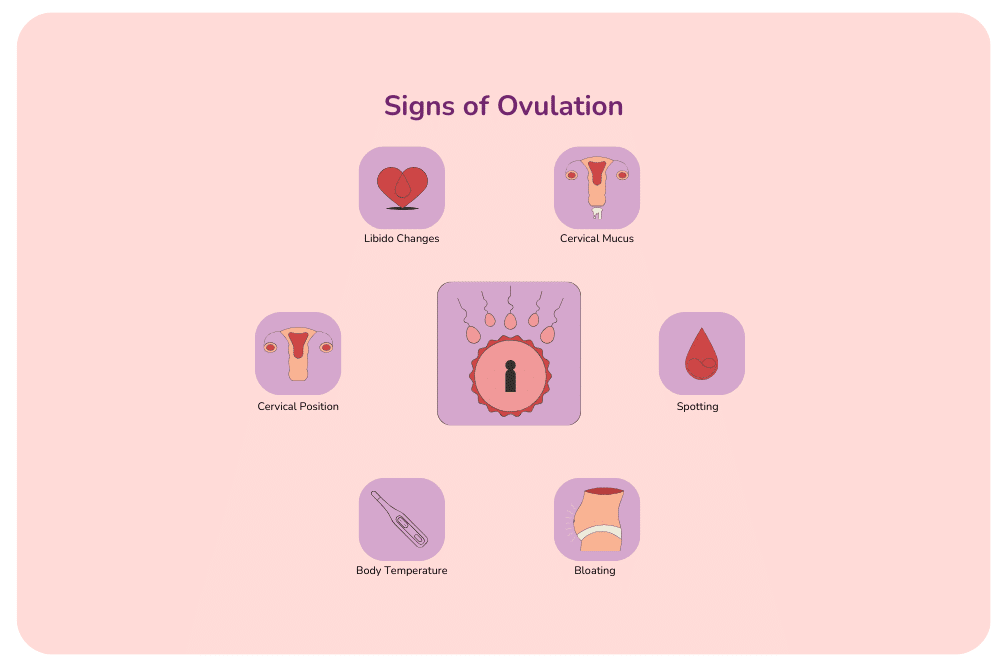Navigating your menstrual cycle involves paying attention to various bodily signals, and one significant indicator is the colour of period blood. Each hue tells a unique story about the state of your reproductive health and the different stages of your menstrual cycle. From the vibrant red of the onset to the darker, subdued tones towards the end, the spectrum of colours offers insights into hormonal fluctuations, potential health concerns, and the overall well-being of your reproductive system. In this article, we delve into what each period blood colour signifies during your cycle, unravelling the mysteries that unfold within your body each month.
What Does Each Period Blood Colour (or Consistency) Mean?
Ever wonder why your period blood isn’t always the same colour? It turns out, it’s like your body’s way of sending messages about what’s happening inside. From the bright red kickoff to the brownish wind-down, each colour has a story to tell. Think of it as your body’s way of giving you updates on your reproductive health. So, let’s dive in and figure out what each colour or texture is trying to say during your menstrual cycle – it’s like decoding your body’s secret messages!
Remember, variations in colour and consistency are usually a normal part of the menstrual cycle. However, consulting with a healthcare professional is always a good idea if you notice significant changes or have concerns. They can provide personalised advice based on your unique situation.
Dark Red or Brown Blood
When you notice dark red period blood or brown period blood, it’s like your body signalling that the end of the show is approaching. This colour change usually happens toward the tail end of your period. Think of it as the blood that’s been around for a bit, like the last few guests leaving a party. Dark red blood is not a cause for concern – just your body wrapping things up in its own unique way. So, if you spot these darker tones, it’s usually your body’s way of saying, “Almost done here!”

Bright Red Period Blood
Picture this: your period begins with a burst of bright red blood – it’s like the grand opening of a monthly event in your body. This vibrant colour signifies fresh blood, a sign that your uterus is shedding its lining to make way for a new cycle. It’s the kickoff moment, and this bold hue is just your body’s way of saying, “And we’re off!” So, when you see bright red blood, know that it’s the start of your menstrual journey, signalling the beginning of a new cycle in the intricate dance of your reproductive system.

Black Period Blood
It might seem a bit mysterious if you notice black blood during your period, but there’s usually a straightforward explanation. Black blood is like the wise elder toward the end of the menstrual saga. It’s older blood that has taken its time to exit the stage, turning darker along the way. This isn’t a cause for worry; it’s just your body’s way of wrapping things up in a calm and collected manner. So, when you spot blackish hues, think of it as the final bow in the performance – a natural part of the menstrual story as your body prepares for a fresh start.

Orange Period Blood
If you ever notice orange period blood, it’s not a typical or healthy hue. This unusual colour may indicate the presence of oxidized blood, potentially from a slower flow. It could also be a sign of infection or other health issues.
Seeing orange might be your body’s way of saying, “Let’s check things out.” It’s essential to reach out to a healthcare professional if you observe this colour during your period. They can help determine the cause and guide you on the best action to ensure your reproductive health is in good condition. Don’t hesitate to seek advice and address any concerns to keep your body functioning at its best.

Pink Period Blood
If you notice pink blood, especially at the beginning or end of your menstrual cycle, it’s usually not a cause for major concern. This lighter hue can occur when your menstrual blood mixes with cervical fluid (the same fluid as vaginal discharge), which naturally occurs in your reproductive system.
Think of it as your body blending different elements in the menstrual process. The presence of pink blood might simply be a sign that your flow is lighter at that moment or that your body is in the transition phase between the beginning and end of your period.
However, if you consistently observe a significant change in colour or experience any unusual symptoms, it’s a good idea to consult a healthcare professional. They can provide personalised guidance based on your situation and help ensure your reproductive health is on track.

Green Period Blood
Green period blood might sound like an unexpected twist, but it’s not a typical or healthy colour for menstrual blood. If you ever notice a greenish tint, it could be a sign of infection, possibly from bacteria. Infections can disrupt the normal balance of your reproductive system.
Seeing green might be your body’s way of saying, “Hey, something’s not quite right here.” It’s crucial to reach out to a healthcare professional if you observe this colour. They can help determine the cause and guide you on the best action to ensure your reproductive health is in top shape. Don’t hesitate to seek advice and address any concerns to keep your body in its natural and healthy rhythm.

Jelly-like Clots
If you come across jelly-like blood clots during your period, it might seem a bit strange, but it’s actually a relatively common occurrence. These clots are usually a mix of blood and thickened tissue from the lining of your uterus (uterine lining).
Think of it as your body’s way of naturally cleaning the house. Sometimes, the blood may gather and form these jelly-like clots as it leaves your body. Small clots are generally normal and not a cause for concern.
However, if you notice larger or more frequent clots, chatting with a healthcare professional is a good idea. They can help you figure out if there’s an underlying issue and provide guidance on how to manage it. Remember, your body has its own way of handling things, and understanding these signals can contribute to maintaining your reproductive health.
How Much Blood is Normal?
The amount of menstrual blood can vary from person to person, but on average, a woman loses about 30 to 40 millilitres of blood during an entire menstrual cycle. This translates to about 2 to 3 tablespoons. However, it’s important to note that what might be considered a “normal” amount can differ for each individual.
Factors such as age, overall health, and contraceptive methods (hormonal birth control vs. non-hormonal birth control) can influence menstrual flow. Some women may experience lighter periods, while others may experience heavy menstrual bleeding. Additionally, the number of days in your menstrual cycle can also impact the total volume of blood.
If you’re concerned about the amount of blood you’re losing or if you notice a sudden and significant change in your menstrual flow, it’s advisable to consult with a healthcare professional. They can provide personalized advice, address any concerns, and help ensure that your menstrual health is within a normal and healthy range.





